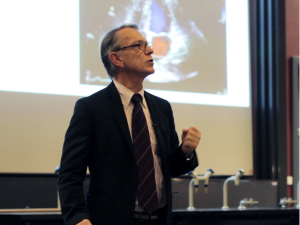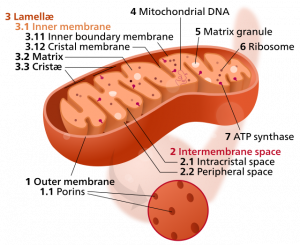Antioxidants. Several selenoproteins play important roles as antioxidant enzymes in the protection of the cells and the mitochondria against the oxidative damage caused by harmful free radicals. Prominent among the antioxidant seleno-enzymes are the glutathione peroxidases and the thioredoxin reductases [Alehagen 2022].

In many regions of the world, notably in much of Europe and the Middle East, there is selenium-poor soil and selenium-poor foodstuffs. In Sweden, for example, the average daily intake of selenium among senior citizens
is approximately 35 mcg/day, well below the amounts (110–150 mcg/day) needed for an optimal expression of the selenoprotein antioxidants [Alehagen 2022].

